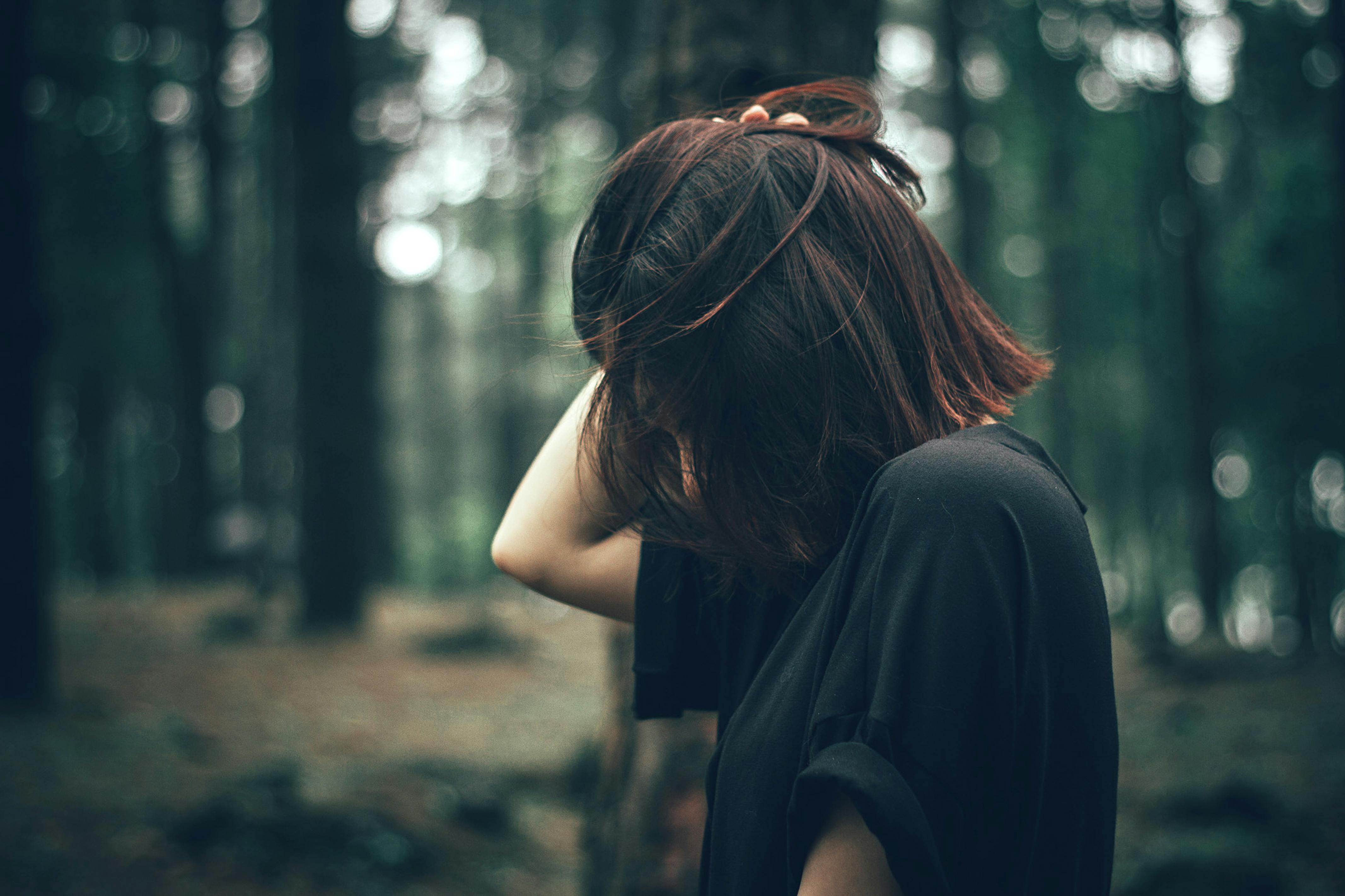Have you heard of all the harmful chemicals found in everyday baby products?
Today’s children face increasing obstacles to healthy development, including the increasing incidence of premature births; male genital defects; learning, attention and emotional disturbances; early puberty; obesity; and poor sperm quality.
A recent report, “Growing Up Toxic” from the Environment California Research and Policy Center, confirmed the findings that chemical exposures are the leading cause of increased disability and illness. The only good news is that YOU can protect your child from many of these chemicals, armed with the knowledge and commitment to shopping smart.
Headlines scream about bisphenol A (BPA), a harmful chemical used in many plastic containers, including baby bottles, water bottles, sippy cups, and other containers used for food and beverages. Much of the recent clamor came after the publication of a recent study, Baby’s Toxic Bottle: Bisphenol A Leaching from Popular Brands of Baby Bottles.
The study, commissioned by environmental health groups in the US and Canada, has led to calls for a ban on BPA, an environmental estrogen, as it is known to leach from plastics and has been implicated in risks to the development and reproductive health.
Dr. David Carpenter, professor of environmental health sciences at the State University of New York at the Albany School of Public Health, said that BPA that is ingested into the body before birth or in the first few years of life can alter the ratio of sex hormones and affect development. .
“It is absolutely obscene to use a substance that can make young boys less masculine and opens up the possibility of girls developing breast cancer,” she said on the teleconference.
BPA studies call for a ban on the use of BPA following action by the State of California to ban the use of phthalates and other cancer-causing ingredients in products designed for children. Phthalates (pronounced thah-lates) are used to make plastic “squishy” and are found in toys, teethers, some baby bottles, and other play objects that children often handle or put in their mouths. California legislation is prompting other states to begin regulating known carcinogens, hormone disruptors, and neurotoxins, but the road to success is bumpy and very long.
In early 2008, another study found elevated levels of phthalates in the urine of infants who had recently been shampooed, powdered, or lotion with commonly used commercial baby products. These reports, along with a myriad of other recent studies, are contributing to real concern and outrage on the part of parents across the country.
When the very products that are designed to promote good parenting become a threat to good health, it creates concern and anguish. It also points to the need for parents to become vigilant consumers who learn to read labels, follow new studies as they are released, and begin demanding clean and safe products for their children.
One of the first and most controllable items parents can focus on is the skin and body care products they expose their children to every day. And no, I’m not just talking about baby care products. I include all items that adults use to bathe or shower, brush their teeth, plus deodorant, lotion, makeup, nail polish, and household cleaners / fresheners. READ the labels on your product containers and remember that the average American comes into contact with more than 200 toxic chemicals when preparing for work in the morning! If you place it on your own body and then pick up your child to calm their sobs, it is safe to assume that your child is exposing himself to the same 200 chemicals that you just applied to his own body.
So how do you get started?
Just take one step at a time. READ labels and try to limit the amount of toxins in each product. I’ve listed the most concerning ones below – cut out the list and take it with you when you go shopping. Remember that if a product has 5 or 6 ingredients that are on the list, or only 1 ingredient on the list, that should be reason enough to look for a safer product.
Red Flag Ingredients (Toxic Synthetic Chemicals) to Avoid:
Alcohol, isopropyl (SD-40)
Benzoyl peroxide
DEA (diethanolamine), MEA (monoethanolamine) and TEA (triethanolamine) dioxin
DMDM hydantoin and urea (imidazolidinyl)
FD&C color pigments
Fragrances
Parabens
PEG (polyethylene glycol)
Phthalates
Propylene Glycol (PG) and Butylene Glycol
Sodium lauryl sulfate (SLS) and sodium lauryl sulfate (SLES)
Triclosan
Sunscreen ingredients such as benzophenone, avebenzone, methioxycinnamates, paba, etc.
I recommend that you take the time to find the best natural, certified organic, and / or wild-made formulations. Look for certifications like: ToxicFree® Certified Product Seal, the EcoCert Seal, or the USDA Certified Organic Seal.
These seals are indications that a third party has examined the formulations and judged them according to their safety standards. I believe you have a ‘right to know’ that what is in the products will not harm you or your baby! Feeling confident that the products you buy are free of xenoestrogens, carcinogens, and other known toxic ingredients is important when shopping for yourself and your baby.



